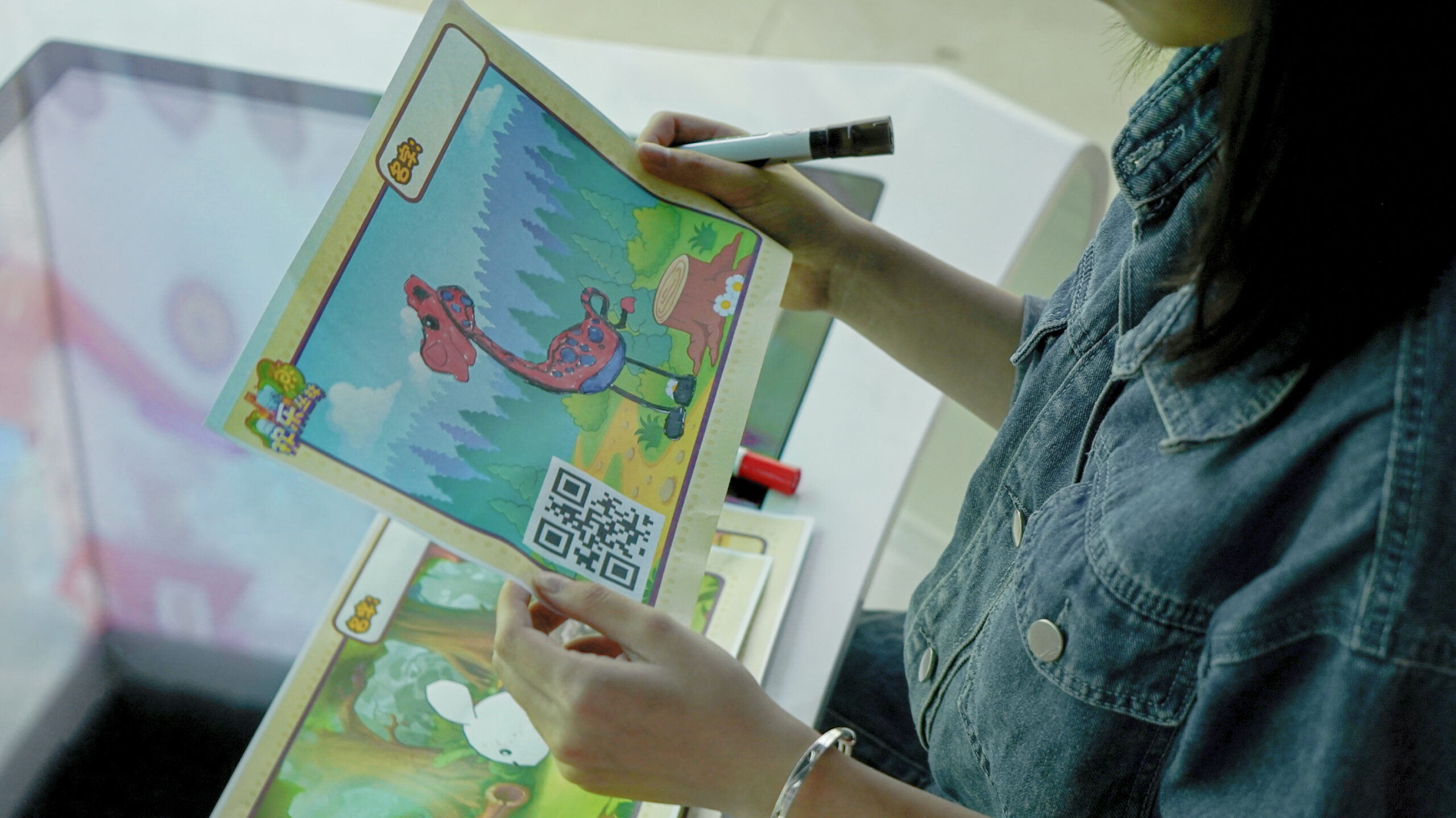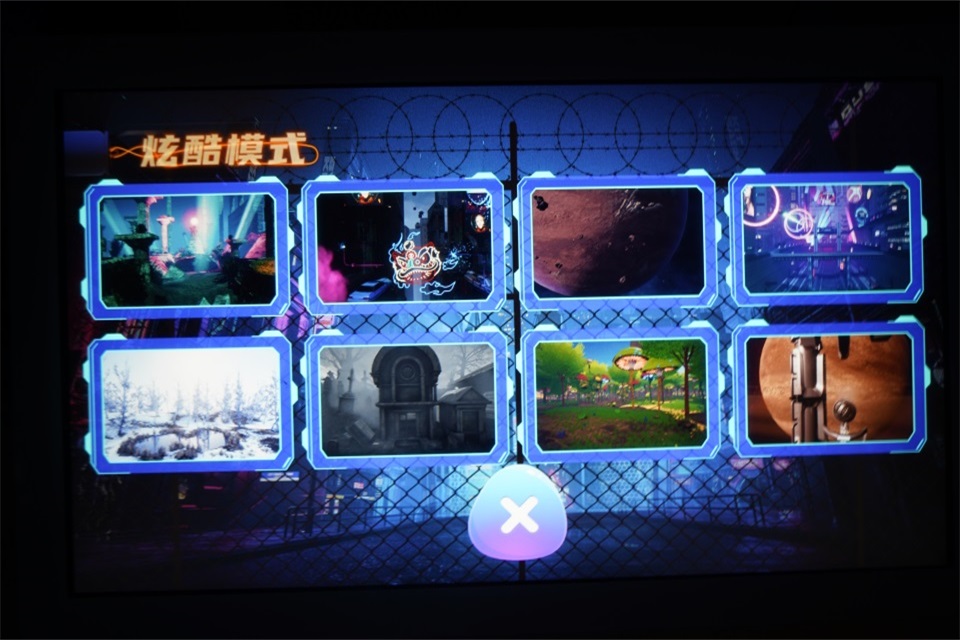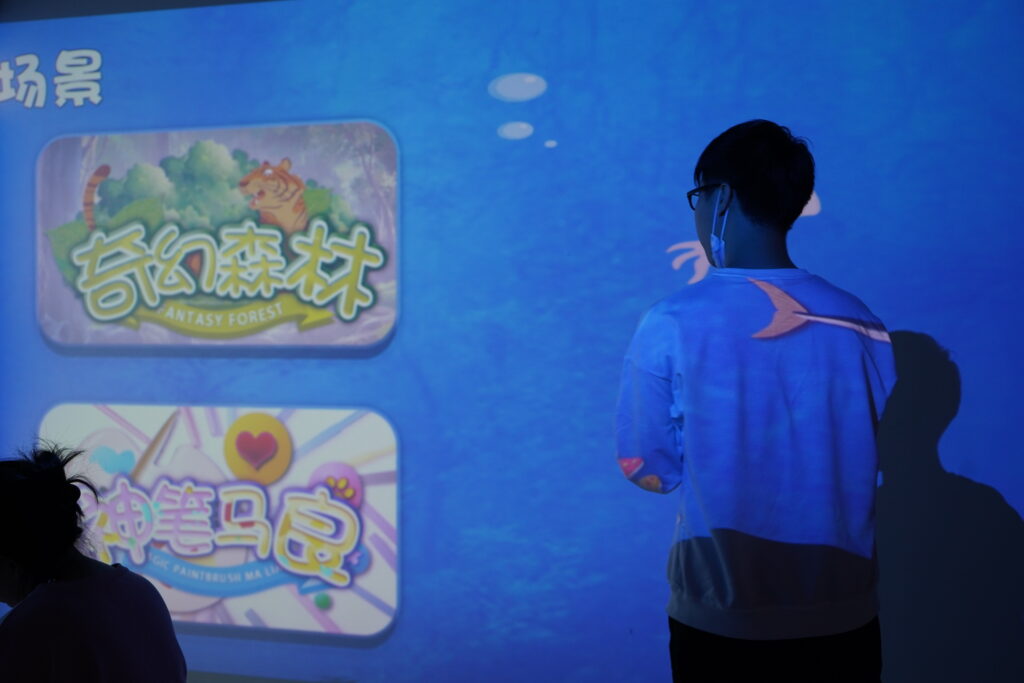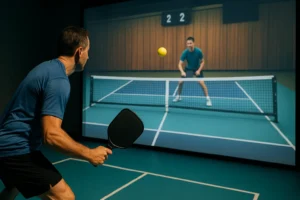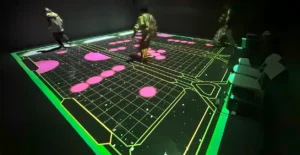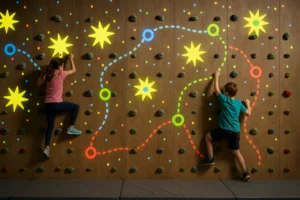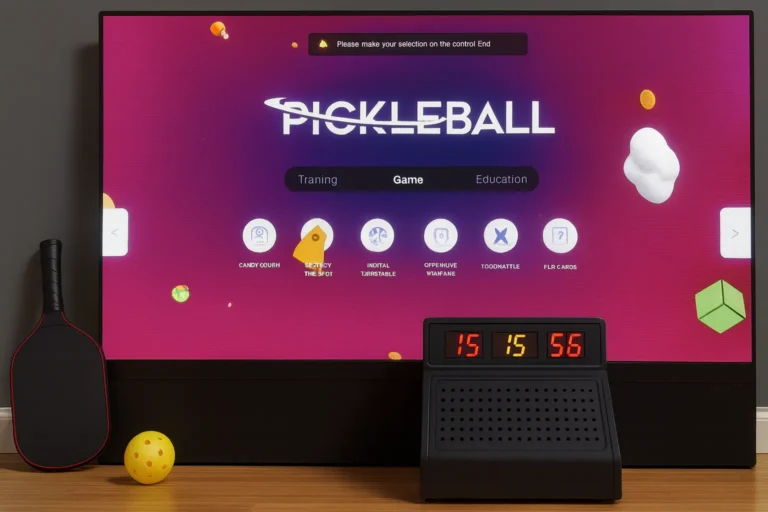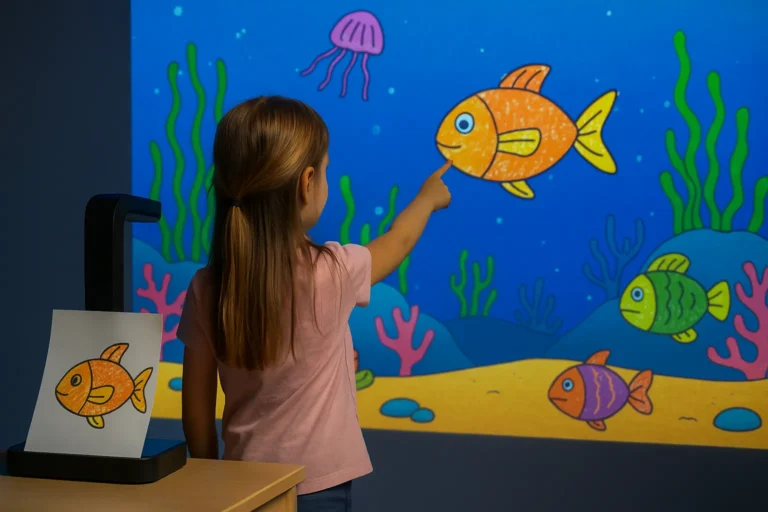Interactive gaming has experienced a major transformation, and immersiveness mapping sits at the forefront of this revolution. But what exactly is immersiveness mapping, and how does it make interactive wall drawing games so captivating? At its core, this technology allows users to draw, play, and create artwork on surfaces that come to life, react, and even engage with you—all in real time.
Understanding Customized Immersiveness Mapping Game Software
Customized immersiveness mapping game software is the cornerstone of an interactive wall drawing experience. Unlike conventional games or art tools, this software works hand-in-hand with sensors and projectors, bringing your imagination to reality in an engaging and dynamic way.
What Makes Customized Software Essential?
- Tailored Experiences: The software is specifically designed to match the needs of different projects, whether it’s educational, artistic, or purely for entertainment.
- User-Centric Design: It allows the system to respond to user inputs such as movement, drawing, and gestures, providing a highly interactive environment.
A lot of interactive wall systems leverage custom game software that can be adapted for multiple use cases. For instance, schools may use this software to create educational games where children interact with walls, learning subjects like math or science through visuals. Makers and manufacturers also often provide emulator support, letting you test games on computers before you implement them in a room.
The Role of Immersiveness Mapping Game Projectors
Without proper projection, immersive mapping is just another digital tool. Immersiveness mapping game projectors play a vital role by displaying graphics onto large surfaces, making the experience as realistic and immersive as possible.
How Does a Game Projector Enhance Immersive Interaction?
- High Resolution & Brightness: Projectors need to produce high-quality images in different lighting conditions. The best models offer sharp resolution and high brightness, allowing users to fully engage with what’s happening on the wall.
- Seamless Integration: Game projectors are often customized to integrate directly with the software, ensuring a smooth display that responds in real-time to user interactions.
Interestingly, there are suppliers that specialize in producing immersive mapping projectors that are compatible with various systems. Some of the latest models on the market include multi-touch functionality, allowing several people to draw or play at the same time without interference.
Immersiveness Mapping Sensor Touch Machines: Adding the Interactive Element
The most exciting part of immersiveness mapping is its interactivity, and that’s where sensor touch machines come into play. These devices allow the system to register touches, gestures, and even the smallest movements, enabling users to control the game or drawing experience.
Why Are Sensor Touch Machines Important?
- Precision Tracking: The sensors detect user inputs accurately, whether you’re making detailed drawings or playing a fast-paced game.
- Versatility: They work with multiple surfaces—whether it’s a wall, table, or even the floor, sensor touch machines adapt seamlessly.
If you’re looking to buy or order the best sensor touch machines, some suppliers offer complete systems that include both hardware and software, ensuring compatibility. Prices vary depending on customization levels, with high-end machines offering more responsive touch and better coverage for larger areas.
Interactive Wall Drawing Systems: Bringing Walls to Life
Interactive wall drawing systems combine all the elements—customized software, projectors, and sensor touch machines—to deliver a cohesive and thrilling experience. The entire system is designed to work together so that when users draw on a wall, the system instantly recognizes the input and transforms it into something animated, interactive, or informative.
How Do Interactive Wall Systems Benefit Different Sectors?
- Education: Schools are using interactive walls for collaborative projects, turning learning into a visual and engaging experience.
- Entertainment: Gaming enthusiasts enjoy fully immersive environments, with interactive wall systems providing an arena for augmented games and creativity.
With a growing number of manufacturers offering complete solutions, the availability of such systems has improved. You can now find packages at multiple price points, from cost-effective educational sets to high-end installations for commercial use.
The Production Process: From Concept to Reality
So, how is an immersiveness mapping interactive wall drawing game software system produced? The process begins with identifying the target audience—whether it’s children, artists, or gaming enthusiasts. From there, developers create custom software, integrating features that align with the intended users’ needs.
The Production Stages Involve:
- Conceptualization: Determining what the system will achieve, e.g., will it be a drawing game for children or a collaborative digital art space?
- Development: Designing and coding the software that will allow interactivity.
- Integration: Working with hardware components like projectors and sensors to make sure everything functions in harmony.
- Testing: Using emulators or prototypes to ensure the system responds correctly to user inputs.
Several well-known suppliers now offer end-to-end production services, providing everything from custom software to installation services. By purchasing these all-inclusive systems, users get the latest technology without worrying about compatibility issues.
Applications and Future Trends in Immersiveness Mapping
Interactive wall systems are already making waves in various industries, but the possibilities are nearly endless. From education to entertainment and even retail, immersive mapping can change how we interact with our environments.
What Are Some Future Trends to Watch?
- Retail Experiences: Imagine going to a store and interacting with a product simply by drawing or touching it on a wall—immersive mapping can bring a unique and engaging shopping experience.
- Augmented Reality Integration: The next step for interactive wall systems involves integrating augmented reality, enhancing the immersiveness to a whole new level.
- Home Entertainment: As the price of such technology continues to decrease, it may soon become a popular addition to homes. A full-wall drawing and gaming experience could redefine entertainment areas in the modern household.
Manufacturers are continually refining their products, making it easier to buy and install these systems. The hottest new models now feature gesture controls, multi-user support, and enhanced color projection, making them ideal for multiple uses—from private entertainment to commercial installations.
The price of an immersiveness mapping system can vary significantly based on customization, hardware quality, and installation requirements. You can expect a basic system to start around $5,000, with high-end commercial models costing upwards of $50,000.
These systems use customized immersiveness mapping game software designed to ensure compatibility with sensors and projectors. It allows for seamless interaction and can be adapted to different themes or functionalities.

